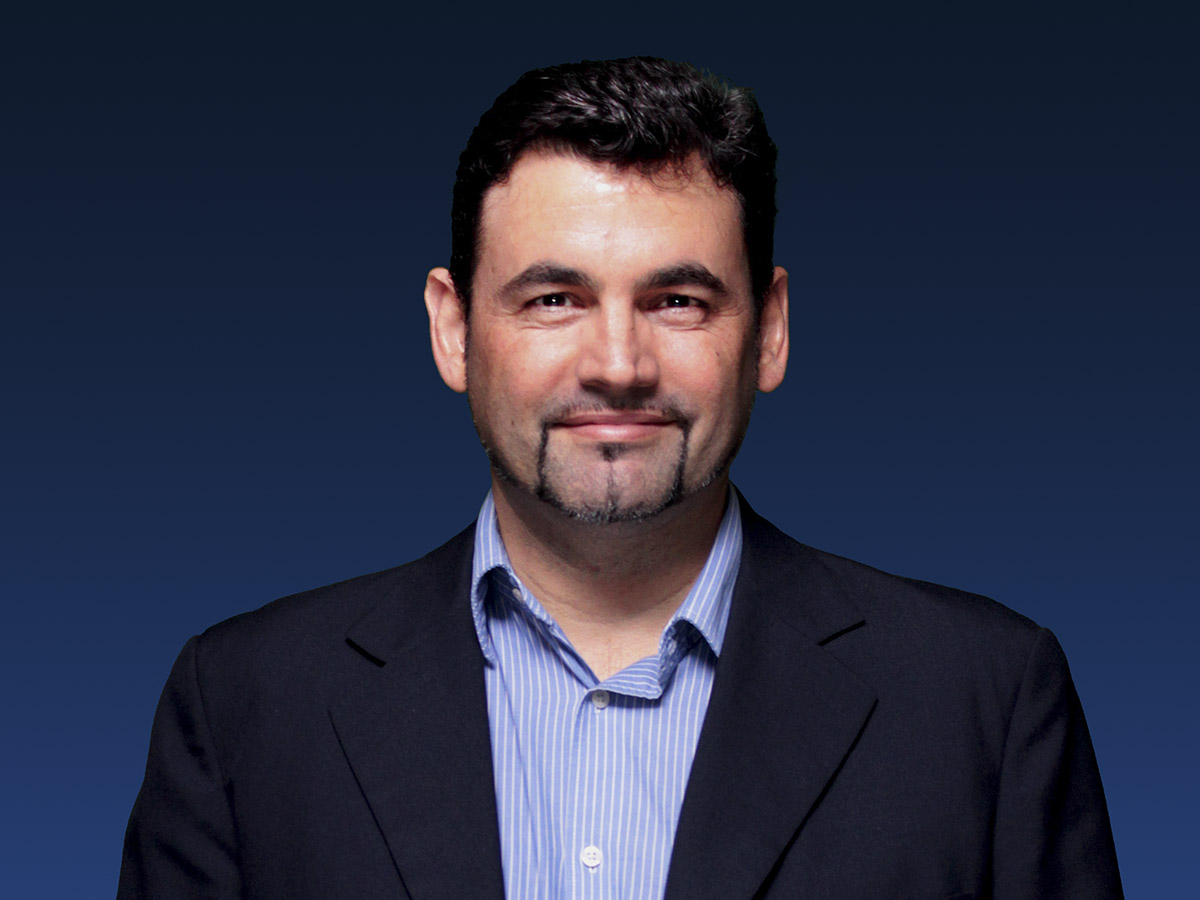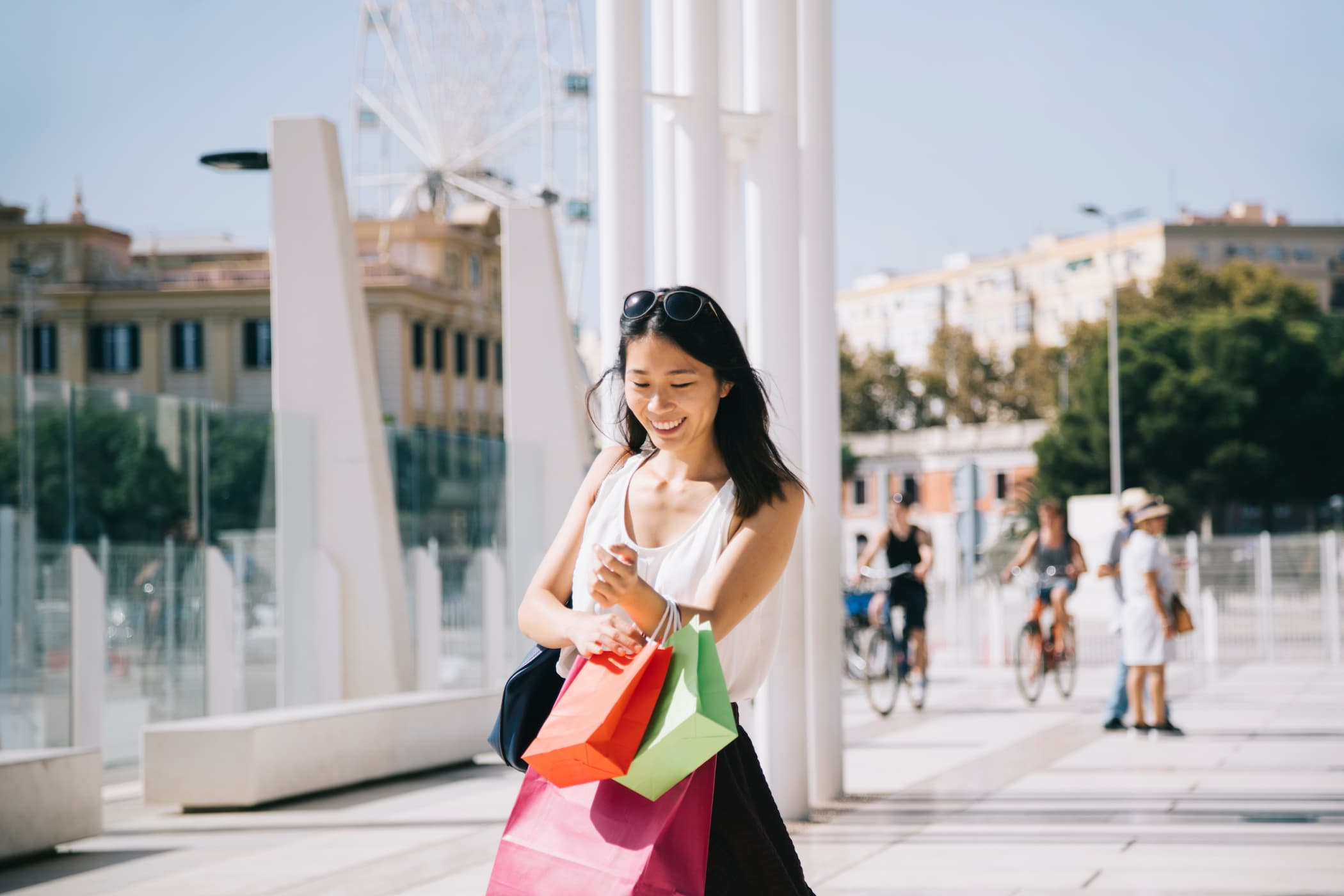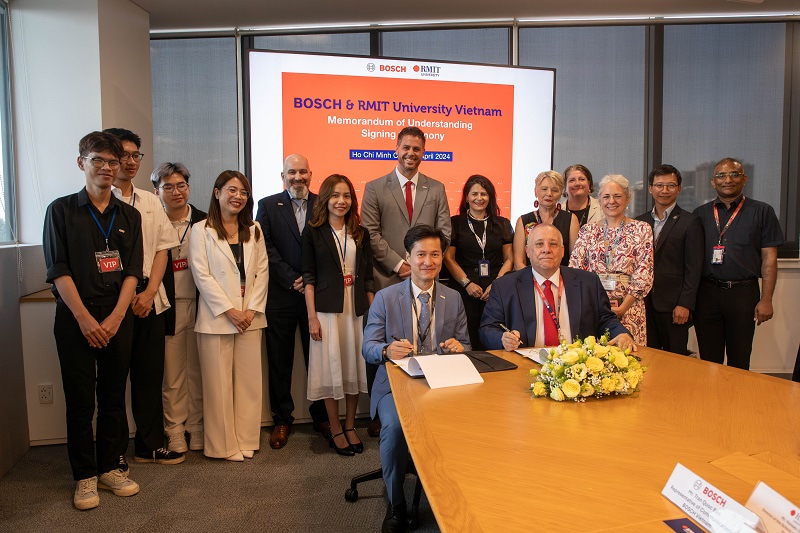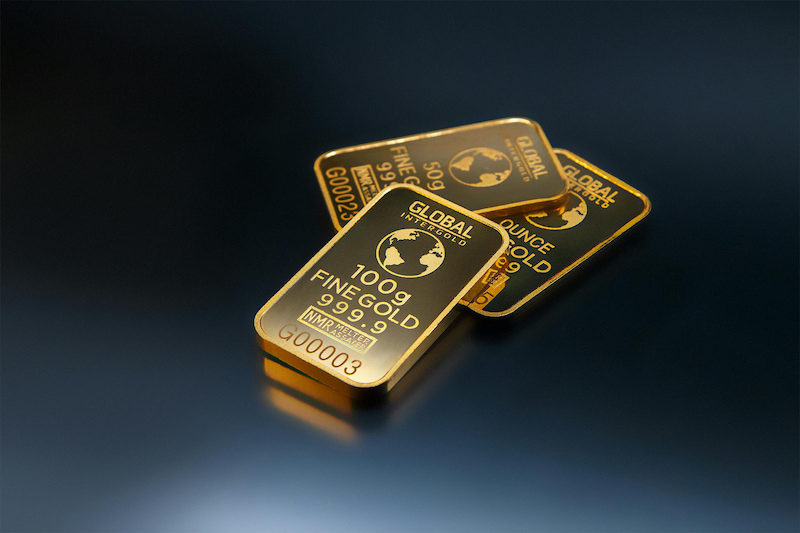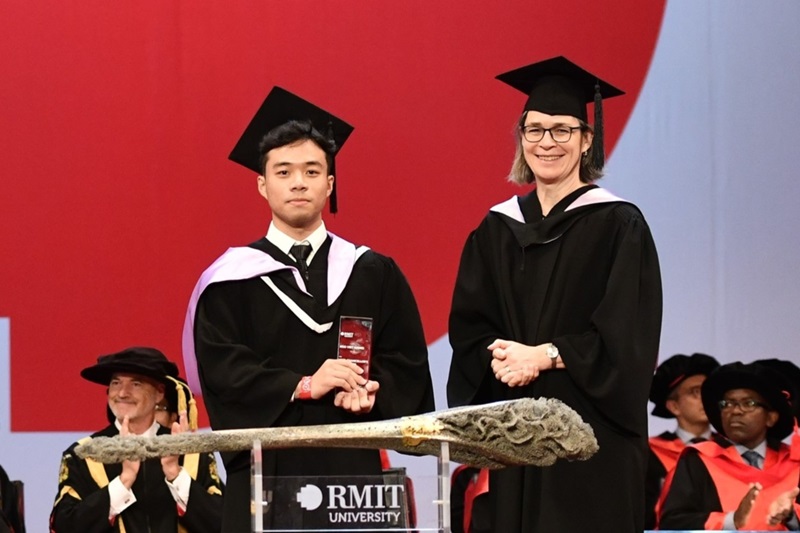Why do Dior and Chanel care about economics? Luxury items are one of the rare goods people spend more on as they become wealthier. An increase in income by 10% may lead to an increase in the purchase of luxury goods by more than 10%. While a wealthy individual may spend 30 million dong a month on luxury items, as their salary increases from 200 million dong to 220 million dong (an increase of 10%), they may increase spending on luxury items from 30 to 40 million dong a month (a 33.3% increase).
On the contrary, if a person’s salary shrinks, the first thing to go are luxury items. Before the pandemic, China experienced a decade or more of phenomenal growth driven by a demand for luxury goods. Asia became the top selling destination for luxury brands. In terms of online luxury sales, APAC represented a stunning 45% of global sales in 2021, well above the 27% and 28% of the Americas and Europe.
During the pandemic, the Chinese market and sale of luxury products cooled down. Designer brands such as Gucci, Versace, Rolex and Co. started looking for new markets which they found in the growing Vietnamese economy. Similar to their Chinese neighbours, Vietnamese are not shy to show off their new wealth with items that only a few privileged can afford. And the new wealth indeed benefitted the upper class more than the lower class, as Vietnam’s income distribution data shows.
This is good news for the luxury brands, as they prefer to have a few elite top-earners rather than sharing new wealth with the masses. If we become equally wealthier, there is not much to show off. Especially in the luxury brand market, exclusivity and elitism are key. The luxury products need to remain unachievable for the great majority to keep their mystique and appeal.
The fact that the impressive growth in Vietnam was paired with a moderate rise in income inequality should not spark too much concern. Commonly, periods of rapid economic growth benefit the upper class first and then slowly trickles down to the middle and lower classes.
